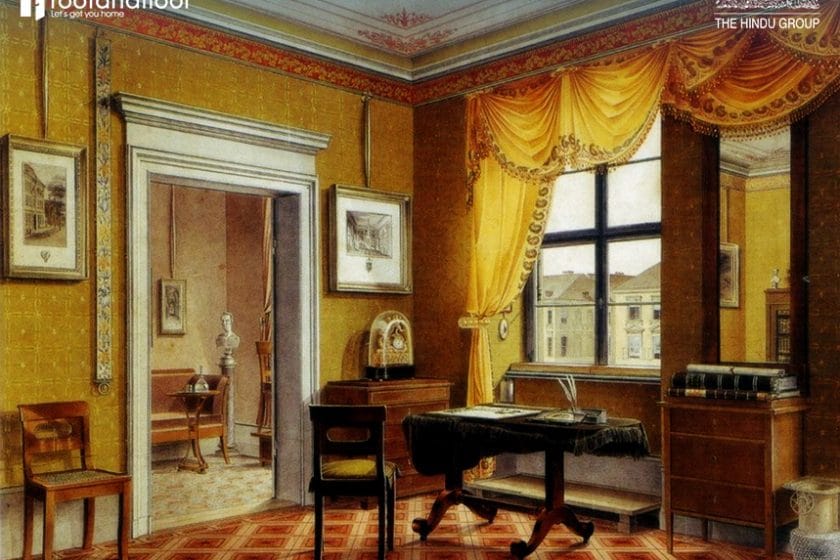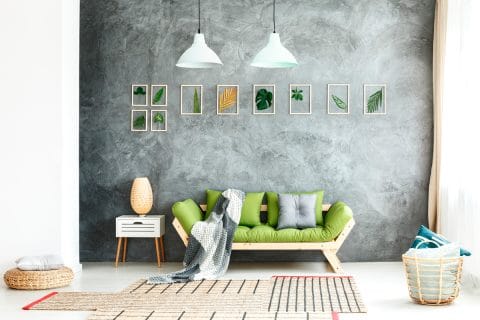Colonial Bengal is a curious fascination for the intrepid traveler. And Kolkata the epitome of such fascination for the history and architecture buff.
Uniquely Indian and charming, Kolkata’s rambling bungalows represent the best of worlds both here and then, where the now and the past represent a mélange of history and culture.
Ask someone who has been around for long in Kolkata, and they would all probably tell you stories of old bungalows sepia-tinted with nostalgic school memories of climbing trees and stealing fruits from sprawling orchards.
“Long, iron-wrought balconies were the hallmark of the Kolkata bungalows. Of course, the word ‘bungalow’ itself comes from Bengali,” explains local artist Shyam Choudhury. Today, innovative architects are fusing together elements of the Kolkata bungalow in designing villas and even the interiors of apartments. “To me, the Kolkata bungalow has the best mix of diverse architectural styles. “You had the overwhelming influence of Europe, but you also had the Bengali, Marwari, and even Rajasthani influences that combined to create a style that is unique. You will not find this style anywhere in the world.”
Architect Tarun borrows the Kolkata bungalow style in his trademark ornamental entrances. Choudhury’s palatial villa features lofty ceilings, which were essential to keep the heat and humidity of Kolkata away. “I don’t really need to even use a ceiling fan, forget the AC!” gushes Shyam. Beautifully ornate grills feature in most of the bungalows of Kolkata. Wide verandahs also provide respite from the heat along with Corinthian-style columns, a nod to the colonial dominance.
Great architectural examples
Naya Bazaar Mullick Bari – This was built in classical Doric and Neo-classical style. Note the beautiful Corinthian pillars – a style adopted by many architects today.
Marble Palace – Built in 1835, this is perhaps the most well-known of Kolkata architecture. White marble floors give the huge mansion its name along with curious, statues, and Victorian relics.
Laha Bari – This exquisite bungalow near College Street draws architects and interior designers alike who arrive gawk at the magnificent stained glass windows and chandeliers adorning it.
When Manas Ahuja built his villa, he did so, keeping the elements of Kolkata architecture that he loved the best. Living in Bangalore, he wanted memories of growing up in Kolkata to be reflected in his house. It wasn’t easy – but months of planning have given shape to a bungalow that merges modernity with classical architecture. A large, central courtyard with a puja mandap invites you in. Intricate arches and beams support the high ceilings. A winding stairway leads you to the second level where you can run your hands over the patterned railings. The bedrooms have ornate four-poster beds draped with canopy curtains. The chairs are made of carved sandalwood, and Ahuja chose paintings that represented the colonial era of Kolkata.
The result is that you feel like you have stepped into a sepia-tinted past. A past where Time stands still. And houses that seem to arrest Time’s passage with their beauty.






